Kitchen
9 Dirtiest Places in Your Kitchen
The kitchen is frequently the dirtiest area of a house, while being the center of the house. There is the obvious mess, such as a crusty oven, a sticky floor, or dirty dishes. However, there are frequently forgotten places and items, so consider whether you’re overlooking any other areas or items.
Consider the spaces and items you would use on a daily basis when preparing meals. Kitchen counters, handles, sinks, sponges, reusable water bottles, and more should be on your mind. In order to prevent cross-contamination and bacteria accumulation, it is essential to disinfect them either daily or a few times per week because they are frequently touched.
Continue reading to learn which areas of your kitchen are the dirtiest and how to clean them effectively.
Any Knobs, Handles, and Touch Pads
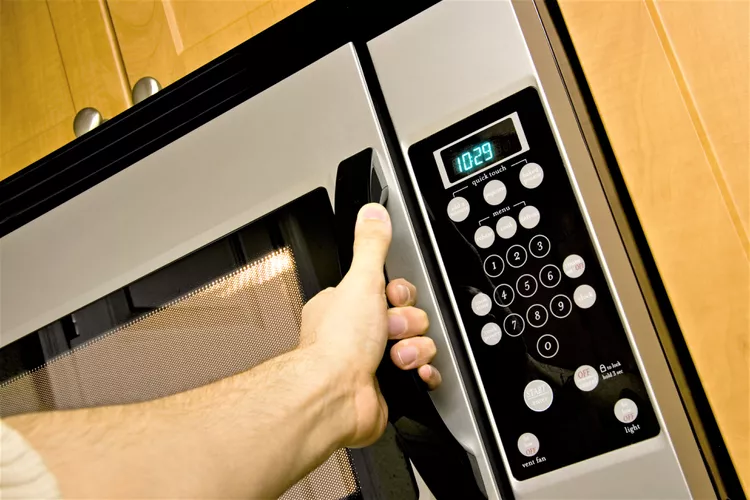
Appliance controls and handles are high-touch surfaces that often get overlooked during regular cleaning. Be sure to wipe down knobs, buttons, handles, and touchpads on appliances like microwaves, ovens, and dishwashers at least once a week. It’s especially important to clean these areas after handling raw ingredients. Use a disinfecting spray or wipe, followed by a clean cloth or paper towel to remove buildup and help keep your kitchen safe and hygienic.
Sink
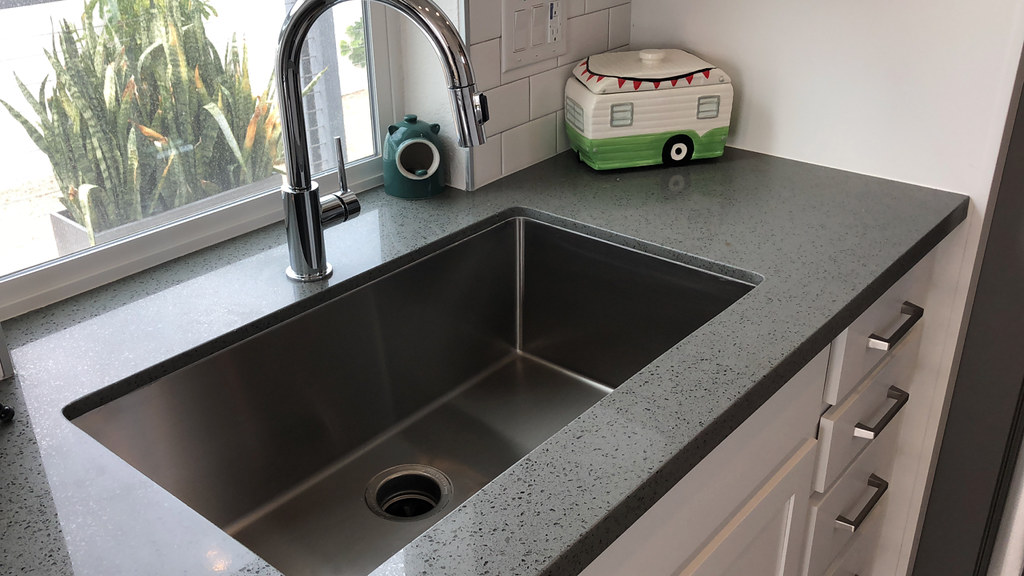
Although your kitchen sink sees constant use, it still needs daily cleaning. Bacteria can collect around the drain, faucet, and sink edges. Wipe the sink down after meal prep or dishwashing using a disinfecting cleaner and a clean cloth. Don’t forget the faucet handles and nearby counter space, which can catch splashes. For an extra clean, scrub those hidden corners at least once a week.
Sponges, Brushes, and Dishcloths
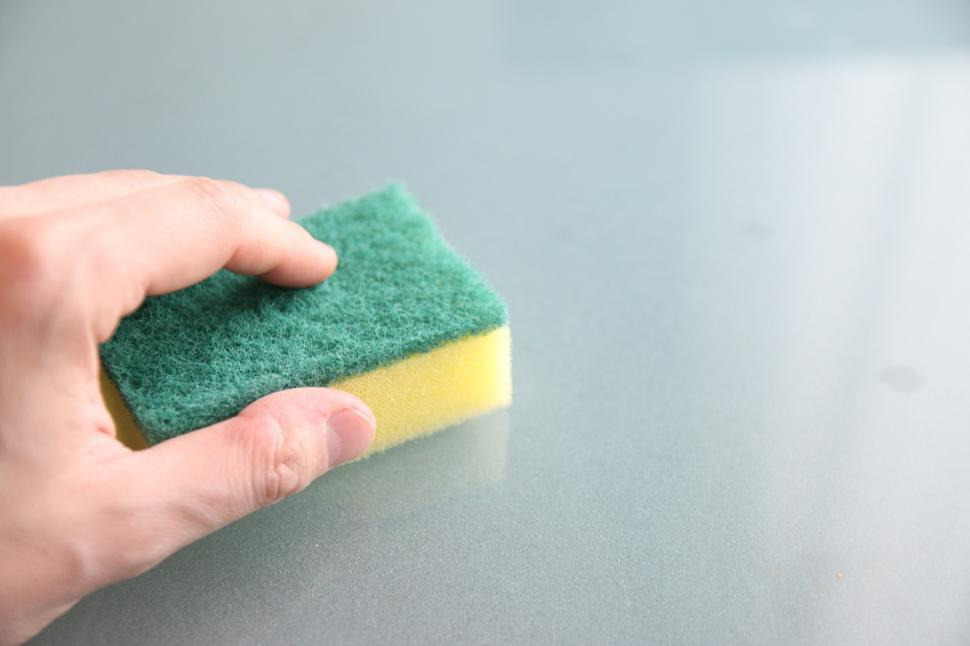
Reusable cleaning tools like sponges and dishcloths can collect bacteria quickly. To keep them clean, rinse thoroughly with hot water after each use and sanitize them regularly. Brushes and some sponges can go in the dishwasher, while fabric towels should be washed in hot water. Replace any cleaning tool that starts to smell or look worn.
Refrigerator
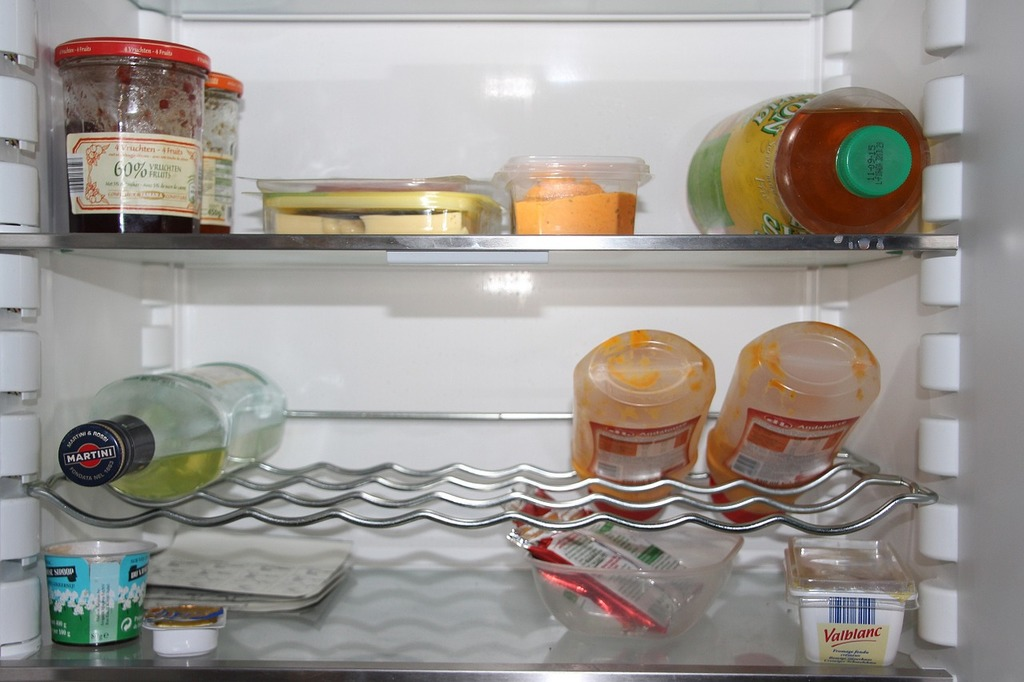
Your fridge might be cold, but it’s not immune to bacteria. Wipe up spills immediately, and clean shelves and drawers monthly using warm, soapy water. Pay special attention to areas where raw meat is stored or where packaging may have leaked. Disinfect the handle and touchpad often, and vacuum behind and underneath the appliance to remove dust and food debris.
Cutting Boards
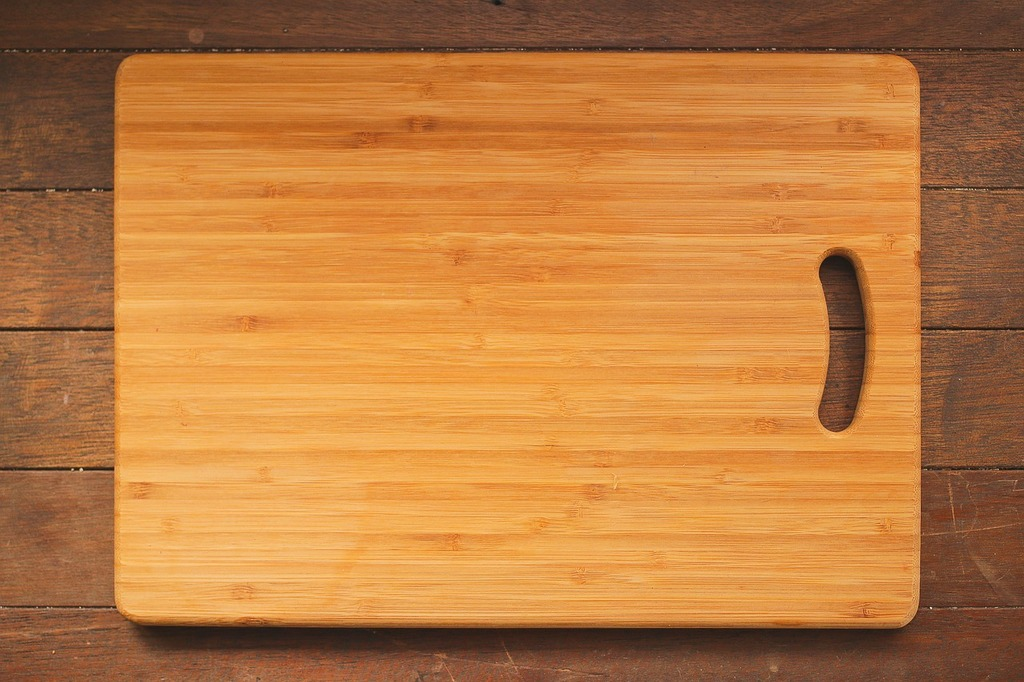
Cutting boards are essential kitchen tools, but they can trap bacteria if not cleaned well. Use separate boards for raw meats and produce to reduce cross-contamination. Wash thoroughly with hot, soapy water after every use, and allow them to dry completely. If your board is dishwasher-safe, that’s a great option for deep cleaning.
Coffee Maker, Blender, & Small Appliances
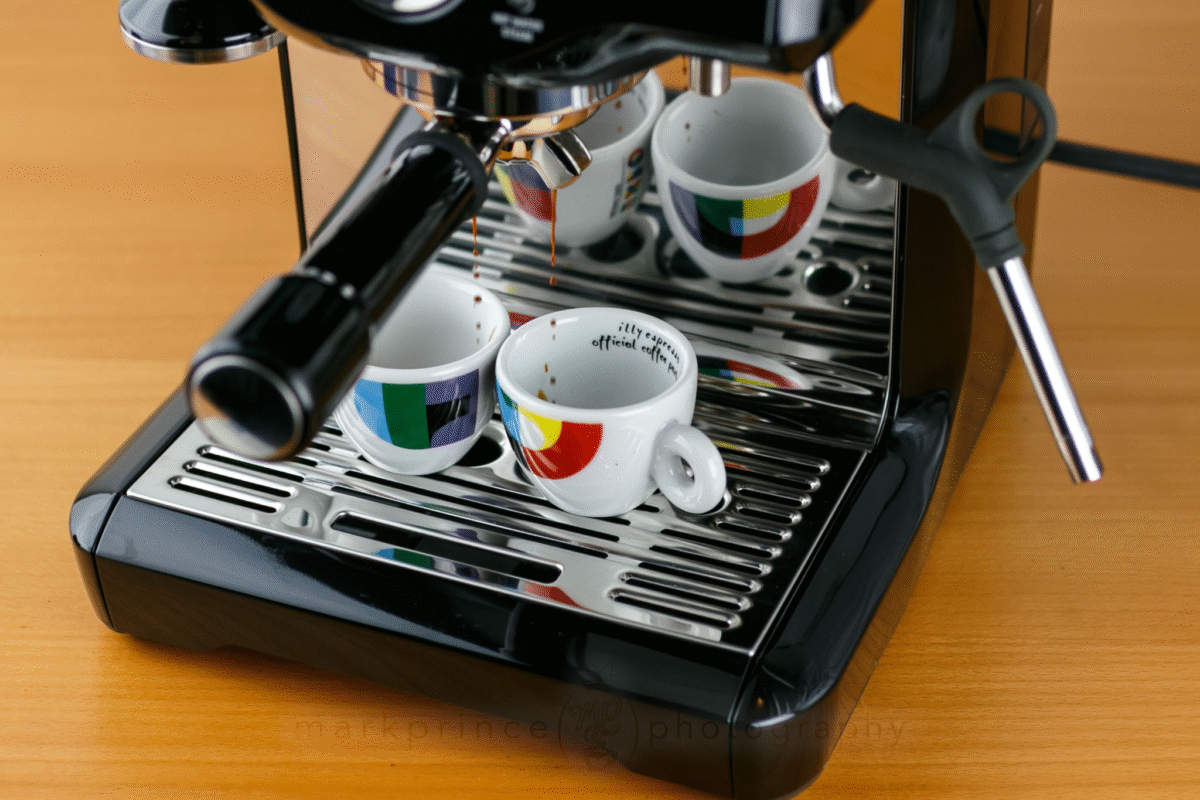
Appliances like coffee makers and blenders can collect residue if not cleaned regularly. Moist areas are especially prone to mold and bacteria. Take apart these appliances weekly and wash all removable parts with hot, soapy water or place them in the dishwasher if allowed. Also, clean items like can openers and measuring tools frequently to keep them safe for food use.
Reusable Lunch Boxes, Shopping Bags, & Water Bottles
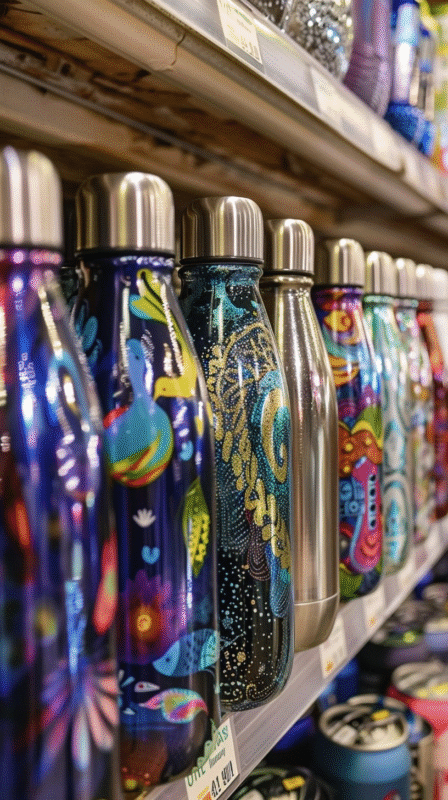
Reusable containers and bags are eco-friendly but require regular cleaning. Wash lunch boxes and bags weekly—many are machine washable. Wash reusable water bottles and food containers in hot, soapy water or run them through the dishwasher. For grocery bags, try designating different bags for items like raw produce or packaged goods to avoid cross-contamination.
Countertops

Your kitchen counters are used every day and should be wiped down often. Use a disinfecting spray or wipe before preparing food and at least once daily. Skip sponges or used cloths, as they may carry germs. For a thorough weekly cleaning, get into the corners, around appliances, and along the edges where crumbs and moisture tend to collect.
Salt and Pepper Shakers
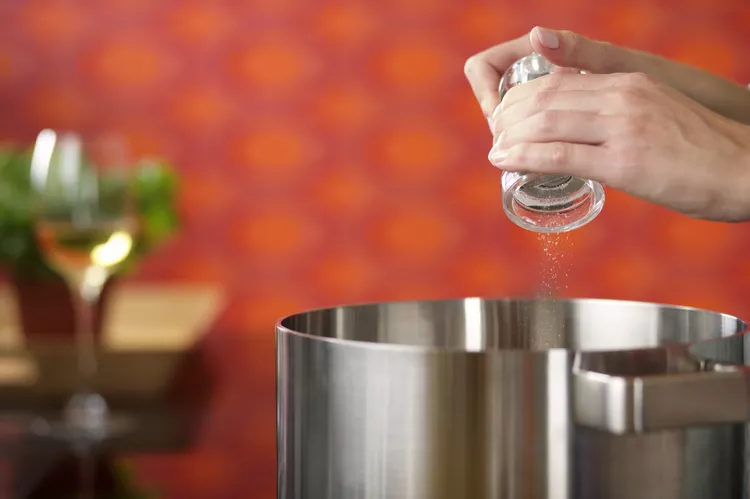
Small items like salt and pepper shakers can accumulate germs through frequent handling. Wipe them down with a disinfecting cloth after cooking or meal prep, and give them a more thorough clean weekly. It’s a simple step that helps keep your kitchen surfaces clean and food-safe.

